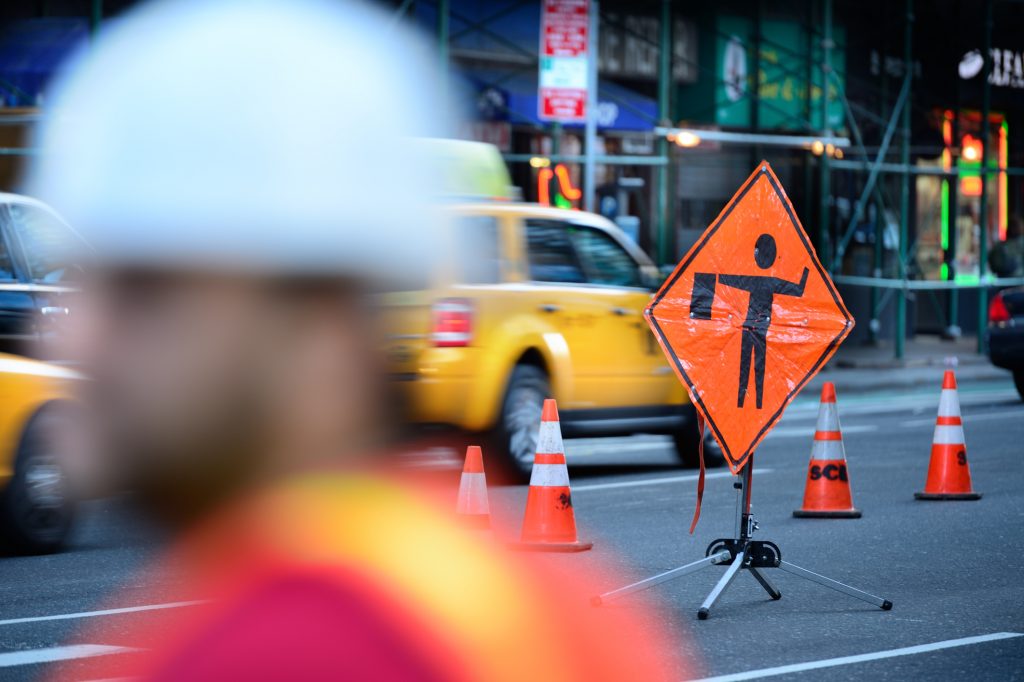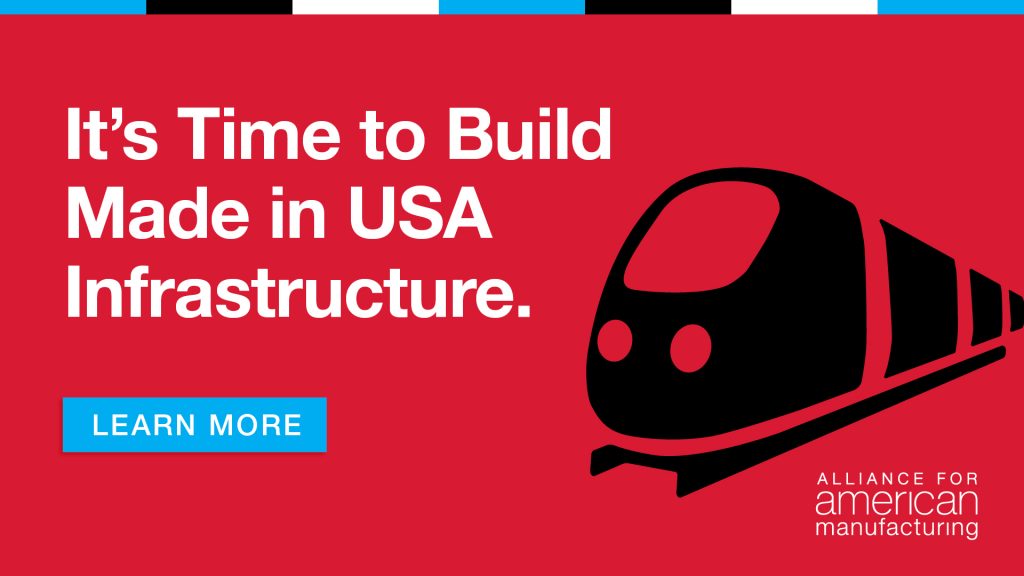
The Surface Transportation Reauthorization Act of 2021 unanimously passed through committee. But far more infrastructure investment is needed.
The Senate Environment and Public Works Committee on Wednesday unanimously voted to advance the Surface Transportation Reauthorization Act of 2021, which establishes a new baseline level of funding for surface infrastructure — railroads, highways and bridges — of $303.5 billion over the next five years, a 34% increase on previous infrastructure funding levels.
While the bill is separate from President Biden’s $1.7 trillion infrastructure investment proposal, it fits into the overall conversation happening about infrastructure and could eventually be incorporated into a larger infrastructure package. The fact it passed unanimously also signals that infrastructure investment remains a bipartisan priority, despite the current state of ongoing negotiations between the two parties over Biden’s American Jobs Plan.
Committee Chairman Sen. Tom Carper (D-Del.) remarked that “the Surface Transportation Reauthorization Act of 2021 is the result of months of hard work and a genuine team effort. … The bill before us today is a testament to our team’s relentless drive and tireless commitment to crafting a bipartisan agreement that will enable us to create a transportation system that the 21st century will require if the U.S. is to remain a leader among nations.”
The Senate Environment and Public Works panel is one of four authorizing committees for the Surface Transportation Reauthorization Act, which must be passed by Sept. 30 in order to ensure that existing infrastructure funds do not expire.
The legislation increases funding to state and local governments for surface infrastructure — using block grants to provide maximum flexibility for projects — and includes funding for workforce development to assist with construction of new infrastructure. It also includes funding for programs for carbon-emissions reduction and encouragement for the adoption of electric vehicles, and streamlines some regulations to make these infrastructure projects easier to accomplish.
“There is a lot in this bill for both sides, and for all communities no matter their size or region in the country,” Ranking Member Sen. Shelley Moore Capito (R-WV) said. “It represents the true give-and-take of bipartisan compromise. Most importantly, it will drive economic growth now and in the future, create jobs, while also improving the quality of life for those in our country.”
There’s no question that the bill passed today is good for the American economy. As Carper argued, “one of the best ways you can help people is to make sure they have a job, and the legislation that we’re voting on here is going to provide work for millions of people directly from this legislation through roads, highways and bridges and indirectly because we’re going to be a stronger economy as a result of this bill.”
Unfortunately, while the Surface Transportation Reauthorization Act is a start, far more investment is needed to improve our country’s crumbling infrastructure, which recently received a grade of C- from the American Society of Civil Engineers.
We have long argued that the United States needs to get serious about investing more in infrastructure, which will create millions of new jobs – many of them good-paying union jobs in manufacturing – while giving a boost to domestic manufacturing of goods such as steel and growing the U.S. economy at large. Any effective infrastructure bill will also need to have strong Buy American requirements that ensure workers benefit from increased investment — especially to mitigate against global industrial overcapacity created in part by China’s subsidization of its industries and other unfair trade practices.
Still, it is great to see that lawmakers in Washington recognize the need for infrastructure investment, and are prepared to deliver increases in infrastructure funding. Now it’s time to put in place the bigger investment package that’s needed, giving the American economy a lift and helping to (quite literally) lay the foundation that will help the United States compete globally in the 21st century.

